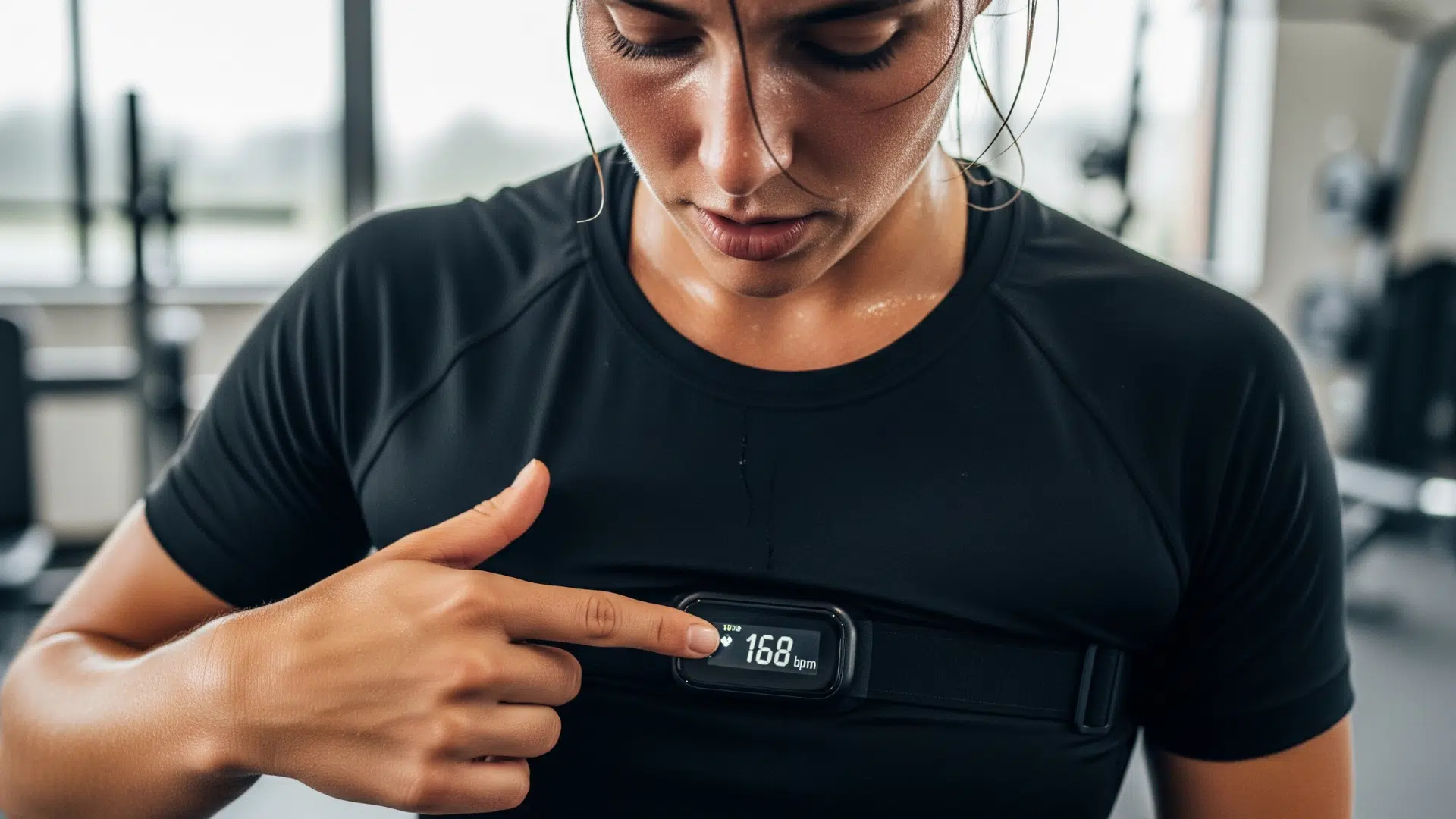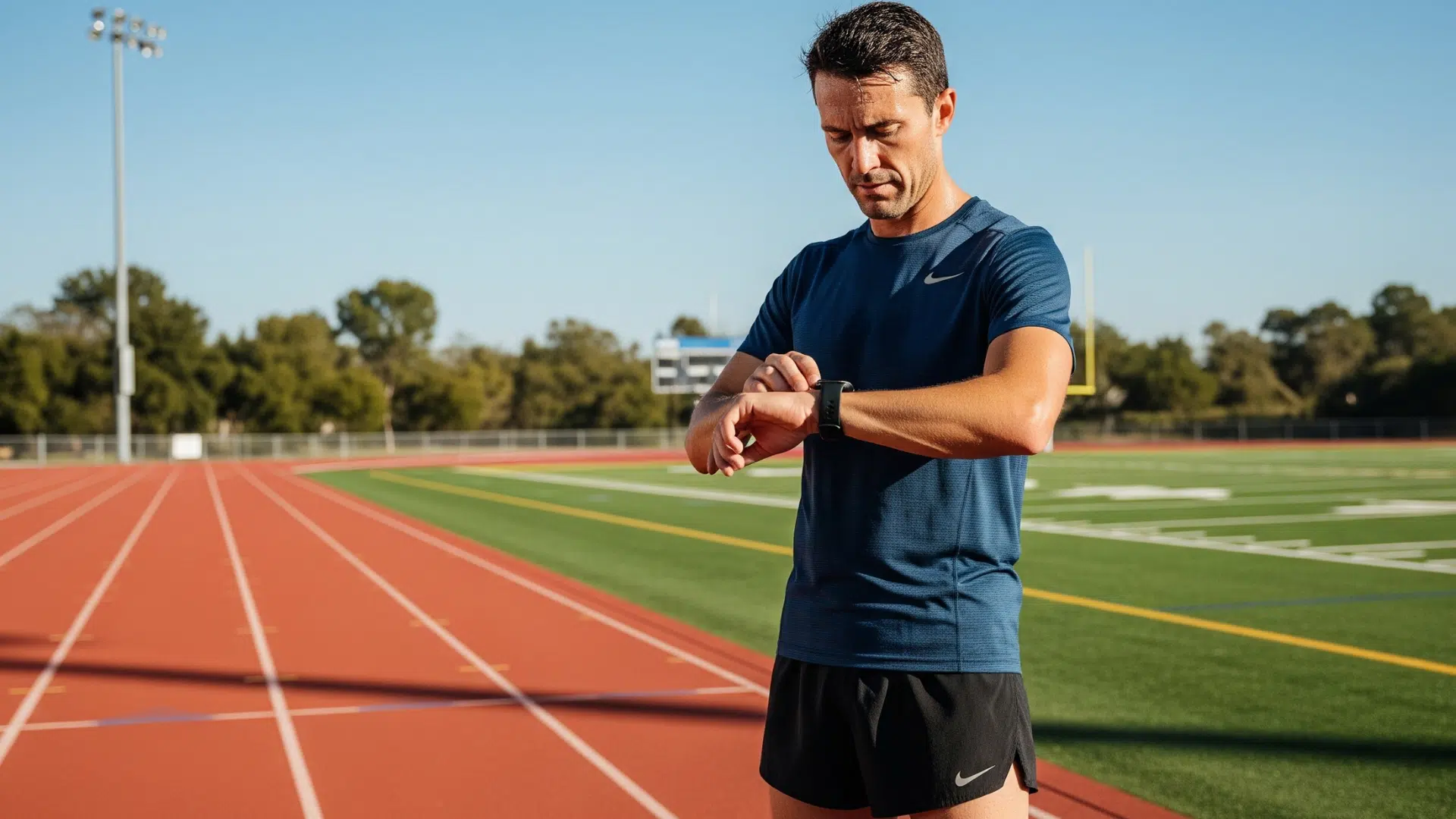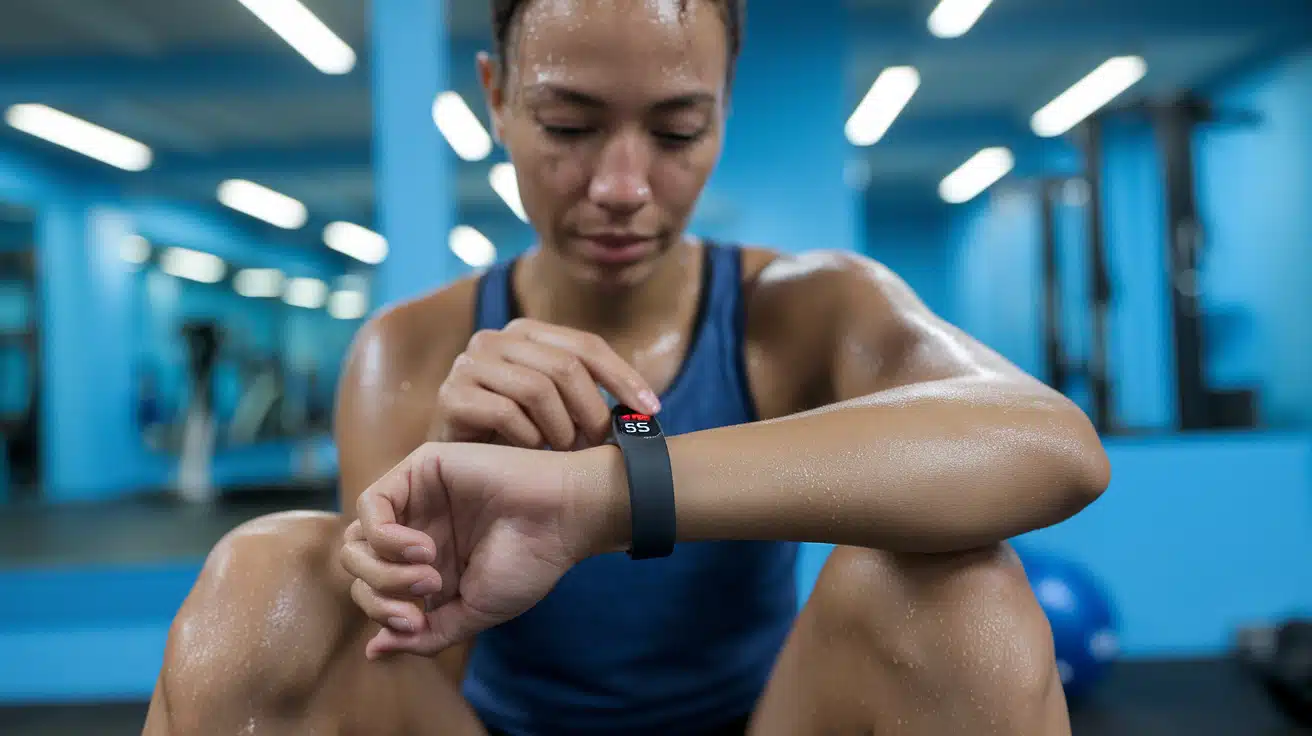Cardio recovery isn’t just a number on your watch; it’s a clear sign of how well your body bounces back after exercise.
When you understand what your heart rate recovery means, you can train with more purpose and avoid unnecessary fatigue. I use it to decide when to push harder and when to give my body a break.
You can do the same, using it as a tool to fine-tune workouts and improve performance over time. Keep reading and see how to make it work for you.
What is Cardio Recovery and Why Does It Matter for Training
Cardio recovery, also called heart rate recovery (HRR), is how quickly your heart rate drops after exercise.
It’s measured by comparing your heart rate right after stopping activity with your heart rate one to two minutes later. This is different from resting heart rate, which is the number of beats per minute when you’re relaxed and at rest.
HRR is a strong sign of how efficiently your heart and body recover from exertion. A faster recovery often means better endurance and workout efficiency.
Many devices track HRR automatically, Apple Watch shows it in the Health app, Garmin lists it in workout summaries, and Fitbit includes it under Heart Metrics for easy post-exercise review.
How to Measure Your Cardio Recovery
You can track HRR manually or with a wearable to understand how quickly your heart recovers after exercise.
Record Your Peak Heart Rate


Right after your workout ends, check your heart rate using a monitor, watch, or chest strap. This number is your peak heart rate. Make sure to take the reading immediately, as waiting even a few seconds can affect accuracy.
If using a wearable, note the number shown in your workout summary. Accurate tracking here is key because it’s the baseline for calculating your HRR.
Check Again After One Minute


Exactly one minute after stopping exercise, measure your heart rate again. The difference between your peak heart rate and this reading is your 1-minute HRR.
For example, if you finish at 170 bpm and drop to 145 bpm after one minute, your HRR is 25 bpm. This number helps indicate how quickly your heart recovers, which is useful for tracking fitness progress and adjusting training intensity over time.
Check Again After Two Minutes


Repeat the same process two minutes after exercise. The 2-minute HRR is often larger and gives a broader view of recovery ability.
Some coaches prefer the 2-minute measure because it can reflect endurance capacity and readiness for your next session.
Comparing both 1-minute and 2-minute results over time can help identify improvements or potential fatigue issues. Many wearables automatically provide both values in workout summaries for easy tracking.
Check HRR Right After Your Workout


If you use a wearable, simply stop your workout and remain still while it records your recovery.
Apple Watch displays HRR in the Health app under “Cardio Recovery,” Garmin lists it in your Workout Summary, and Fitbit includes it under Heart Metrics.
For the most accurate reading, avoid moving, talking, or drinking water during the measurement window, as these actions can temporarily affect your heart rate results.
HRR Benchmarks for Training Performance
Heart rate recovery benchmarks help you see how your results compare to typical ranges for your age and gender.
Values are often grouped into four categories: Poor, Average, Good, and Excellent, based on the decrease in heart rate after exercise.
A higher drop generally suggests better recovery and endurance capacity. These benchmarks can guide workout planning, helping you adjust intensity or rest periods.
For example, if your HRR is lower than expected, you might focus on lighter sessions or active recovery.
Wearables like Apple Watch, Garmin, and Fitbit display your HRR in post-workout summaries, often with graphs or trend data to make comparing results over time easier.
Cardio Recovery Rate Chart
A cardio recovery rate chart lets you quickly compare your results with average values for your age and gender.
| Age Group | Male – Poor | Male – Average | Male – Good | Female – Poor | Female – Average | Female – Good |
|---|---|---|---|---|---|---|
| Teens (13–19) | 15–24 bpm | 25–34 bpm | 35+ bpm | 13–22 bpm | 23–32 bpm | 33+ bpm |
| 20s | 14–23 bpm | 24–33 bpm | 34+ bpm | 12–21 bpm | 22–31 bpm | 32+ bpm |
| 30s | 13–22 bpm | 23–32 bpm | 33+ bpm | 11–20 bpm | 21–30 bpm | 31+ bpm |
| 40s | 12–21 bpm | 22–31 bpm | 32+ bpm | 10–19 bpm | 20–29 bpm | 30+ bpm |
| 50+ | 11–20 bpm | 21–30 bpm | 31+ bpm | 9–18 bpm | 19–28 bpm | 29+ bpm |
Use this chart to see how fast your heart rate recovers and adjust workouts accordingly for better fitness progress.
Using HRR to Optimize Your Workout Plan
Your HRR can guide workout intensity, helping you balance training and recovery for better performance and reduced injury risk.
- Decide Training vs. Rest: High HRR may indicate readiness for intense training, while low HRR suggests rest or lighter activity.
- Adjust Intervals: Use HRR data to shorten or lengthen rest periods during interval training based on recovery speed.
- Prevent Overtraining: A downward HRR trend over several days may signal fatigue and the need for reduced workload.
- Device Integration: Set HRR alerts and target recovery zones in fitness apps like Apple Watch, Garmin, and Fitbit.
Example Workouts: HRR-based HIIT sessions, steady-paced endurance runs, and low-intensity recovery workouts for active rest days.
Factors That Influence Cardio Recovery


Several lifestyle and training factors can impact your HRR, but small adjustments can help you improve recovery over time.
- Fitness level & training history: More conditioned athletes often have faster recovery; beginners may improve steadily with consistent, balanced workouts.
- Sleep quality and fatigue management: Poor sleep slows recovery; aim for consistent rest and manage fatigue through planned rest days.
- Hydration & nutrition habits: Dehydration and poor fueling can reduce HRR; stay hydrated and maintain balanced meals for energy and repair.
- Caffeine and stress levels: Excess caffeine and chronic stress can slow recovery; moderate intake and use stress-reduction techniques.
- Action Plan: Track habits daily, make gradual changes, and monitor HRR improvements over weeks for lasting results.
- Device Insight: Wearables can track related data such as sleep score, hydration logs, and stress levels for a more complete HRR context.
How to Improve Your Cardio Recovery for Better Performance
Improving HRR takes consistent effort and smart training choices. Adjust workouts weekly, gradually increasing intensity while allowing enough time for rest and repair.
Try these strategies:
- Plan weekly adjustments: Slowly increase intensity while scheduling enough rest days for proper recovery.
- Add active recovery days: Use light activities like walking or stretching to keep blood moving without added strain.
- Incorporate low-impact cardio: Cycling or swimming can rebuild fitness without overloading your body.
- Practice breathing exercises: Pair with cooldowns to help your heart rate drop faster after workouts.
- Track your progress: Use wearable apps and training logs to review recovery trends over time.
These steps can strengthen your cardiovascular system, improve endurance, and make recovery between workouts more efficient and effective.
How HRR Changes Over Time With Training
With consistent training, most people see noticeable HRR improvements within three to six months as cardiovascular efficiency increases.
However, seasonal factors like extreme heat, cold, or lifestyle changes such as travel or reduced activity can cause temporary dips.
Adapting by adjusting workout intensity, focusing on recovery, and maintaining healthy habits can help sustain progress.
Wearables make it easier to spot trends by displaying HRR changes week by week or month by month, allowing you to make informed training decisions and keep recovery on track year-round.
Final Thoughts
Understanding and tracking your cardio recovery can help you train smarter and avoid pushing past your limits. When you know how quickly your heart rate returns to normal, you can plan workouts that improve performance while protecting your health.
I’ve found that small adjustments, like adding recovery days or changing intensity, make a big difference over time. You can start using your own numbers today to guide training decisions.
If you want more ways to improve endurance and recovery, check out my other post on building effective active rest routines.











